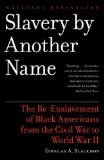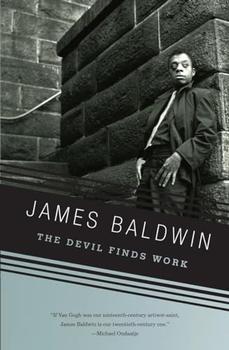Summary | Excerpt | Reviews | Beyond the book | Read-Alikes | Genres & Themes | Author Bio

Face-to-Face with Modern-Day Slavery
by E. Benjamin SkinnerTo be a moral witness is perhaps the highest calling of journalism, and in this unforgettable, highly readable account of contemporary slavery, author Benjamin Skinner travels around the globe to personally tell stories that need to be told -- and heard.
As Samantha Power and Philip Gourevitch did for genocide, Skinner has now done for modern-day slavery. With years of reporting in such places as Haiti, Sudan, India, Eastern Europe, The Netherlands, and, yes, even suburban America, he has produced a vivid testament and moving reportage on one of the great evils of our time.
There are more slaves in the world today than at any time in history. After spending four years visiting a dozen countries where slavery flourishes, Skinner tells the story, in gripping narrative style, of individuals who live in slavery, those who have escaped from bondage, those who own or traffic in slaves, and the mixed political motives of those who seek to combat the crime.
Skinner infiltrates trafficking networks and slave sales on five continents, exposing a modern flesh trade never before portrayed in such proximity. From mega-harems in Dubai to illicit brothels in Bucharest, from slave quarries in India to child markets in Haiti, he explores the underside of a world we scarcely recognize as our own and lays bare a parallel universe where human beings are bought, sold, used, and discarded. He travels from the White House to war zones and immerses us in the political and flesh-and-blood battles on the front lines of the unheralded new abolitionist movement.
At the heart of the story are the slaves themselves. Their stories are heartbreaking but, in the midst of tragedy, readers discover a quiet dignity that leads some slaves to resist and aspire to freedom. Despite being abandoned by the international community, despite suffering a crime so monstrous as to strip their awareness of their own humanity, somehow, some enslaved men regain their dignity, some enslaved women learn to trust men, and some enslaved children manage to be kids. Skinner bears witness for them, and for the millions who are held in the shadows.
In so doing, he has written one of the most morally courageous books of our time, one that will long linger in the conscience of all who encounter it, and one that -- just perhaps -- may move the world to constructive action.
Skinner quotes Josef Stalin as saying, "A single death is a tragedy, a million
deaths is a statistic." Accordingly, A Crime So Monstrous relates the
experiences of individual slaves and slavery survivors. Their stories are
affecting, the type of horrific examples you'd expect to encounter in a book of
this nature. Skinner reports their accounts with a delicate touch, putting human
faces on this horrendous practice.
The politics behind slavery is as much a part of Skinner's narrative as the
human element. Skinner relates how difficult it was for modern-day abolitionists
to get U.S. Government officials to even use the word "slavery" when discussing
the subject.
When talking politics, Skinner primarily deals with U.S. policy, but does
address situations and political climates in other nations that encourage
slavery. Most often, the countries with the highest incidence of slavery won't
even acknowledge the problem exists, let alone act on terminating the practice.
Slavery is tacitly approved of in some cases as a subtle form of warfare.
Anti-trafficking laws passed in some nations are at best ignored, and at worst
punish the victims. Even those slaves who are manumitted often have no place to
go; freedom in these cases being the freedom to starve. Skinner addresses these
injustices with just the right tone. While it's obvious he's passionate about
his subject, he writes with enough distance to prevent the book from being a
tirade. He lets the facts speak for themselves.
The book is exceptionally well-written and eye-opening. It will keep most
readers interested throughout, and will keep them thinking about the subject
long after the book's completion...continued
Full Review
(625 words)
This review is available to non-members for a limited time. For full access,
become a member today.
(Reviewed by Kim Kovacs).
On October 28, 2000, President Clinton signed the Trafficking Victims
Protection Act into law. It charges the State Department to direct and sponsor
programs that combat slavery. It also is responsible for evaluating the
abolition efforts of any nation with more than 100 slaves.
One of the primary tools the State Department uses is an annual Trafficking in
Persons (TIP) Report. It assigns each country one of three designations:
Non-trade sanctions will be enacted against Tier 3 countries if there has been no change in ...
This "beyond the book" feature is available to non-members for a limited time. Join today for full access.

If you liked A Crime So Monstrous, try these:

by Brandon W. Jones
Published 2013
This spellbinding debut, reminiscent of Memoirs of a Geisha, depicts, with chilling accuracy, life behind North Korea's iron curtain.

by Douglas A. Blackmon
Published 2009
In this groundbreaking historical expose, Douglas A. Blackmon brings to light one of the most shameful chapters in American history—an “Age of Neoslavery” that thrived from the aftermath of the Civil War through the dawn of World War II.



Tread softly because you tread on my dreams.
Click Here to find out who said this, as well as discovering other famous literary quotes!